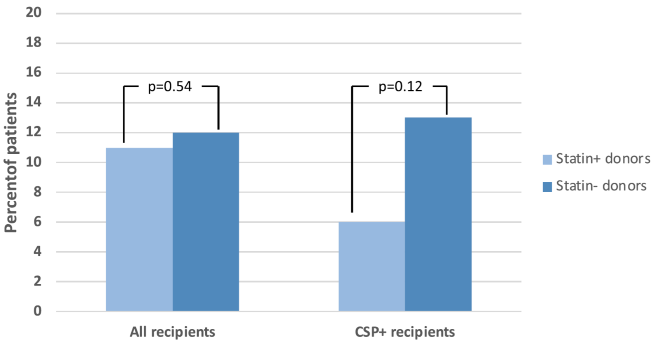Blood
Improving blood stem cell transplantation outcomes by treating donors
Are you a “good” bone marrow donor and if not, can you become one? There are 55,000-60,000 blood stem cell transplantations also known as bone marrow transplants performed across the globe each year. A serious complication known as graft-versus-host disease (GVHD) is diagnosed for over half of these patients and occurs due to donor cells attacking healthy cells in the recipient. GVHD can be present in an acute or chronic form. While donor cells in GVHD are in “attack” mode, there may be ways to re-program them to be better resident cells in their new host. This idea comes from a body of literature that suggests statins, a common class of cholesterol-lowering drugs, can alter immune function. To evaluate this, a handful of studies have looked at either long-term or short-term statin treatment of donors and found differing results, but even so some findings from retrospective studies indicated that treatment of donors reduced the incidence of GVHD when recipients were also taking specific types of immunosuppressive drugs. Continuing investigation of this topic, Dr. Marco Mielcarek, a Professor in the Clinical Research Division at Fred Hutchinson Cancer Center and his team performed two prospective studies. Like the previous study on long-term statin treatment, they observed a reduction in GVHD incidence for cases in which donors received long-term statin treatment and recipients were taking the specific immunosuppressant cyclosporine (CSP), but not for those recipients who did not take CSP. These studies were published recently in Transplantation Cellular Therapy.
“To prevent incidence and severity of GVHD, and thereby make allogeneic transplantation safer, transplant recipients typically receive prophylaxis consisting of several immunosuppressive medications,” commented Dr. Mielcarek. “Most of the time, these medications have to be taken for months (sometimes years).” These drugs that suppress the immune system also make the person more susceptible to infection and other toxicities. Dr. Mielcarek continued, “Therefore, using a medication that could be given to allogeneic stem cell donors for a limited time before they donate stem cell products for transplantation would be an innovative way of preventing GVHD without causing the toxicity of immunosuppressive drugs given to recipients.” Pre-clinical studies support the use of statin treatment of donors to alter T cell function and reduce inflammatory effects, both of which would be beneficial to reducing the probability of developing GVHD in the recipient. Two large retrospective studies from the Mielcarek group “suggested that donor statin use reduced the risk of severe acute GVHD in patients who were also taking CSP,” added Dr. Mielcarek. Since these studies were performed as retrospective analyses, the researchers set out to perform prospective studies to investigate the outcome of short- or long-term statin treatment of donors on the occurrence of GVHD in two recipient groups, those taking CSP and those that were not.

